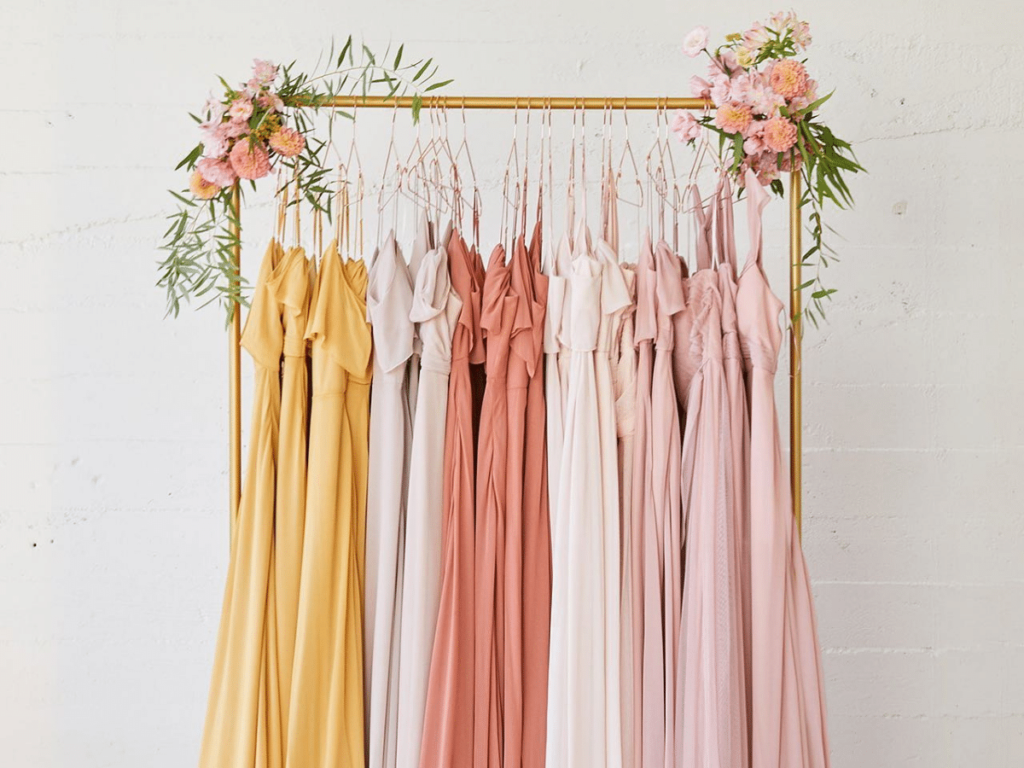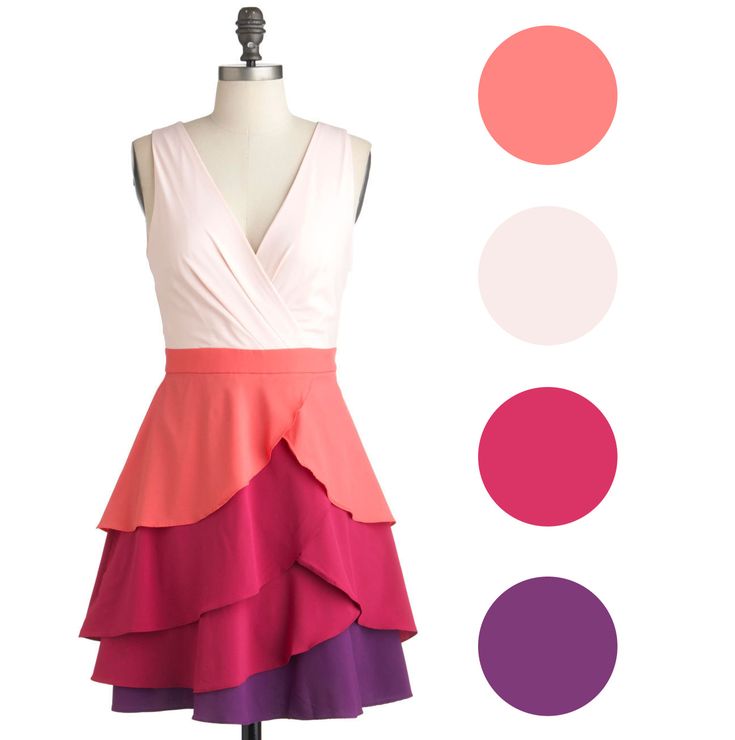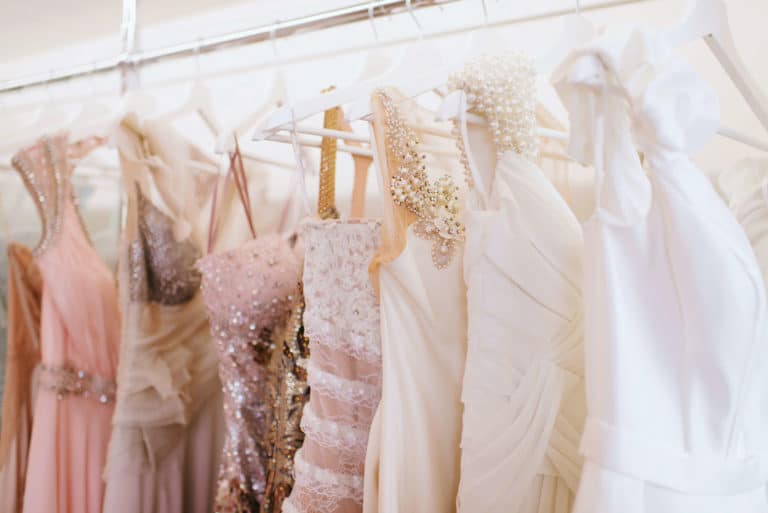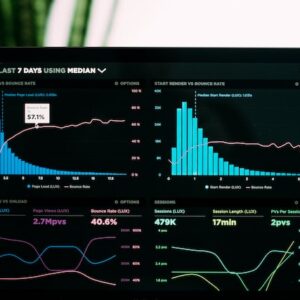Avoiding The Scams Buying Vitamins And Nutritional Supplements On The Internet
In the twenty-first century, an increasing number of men and women are flocking to the Internet and World Wide Web to make product purchases and engage in services from various providers. Vitamins and nutritional supplements are one type of product line that is now widely available on the Internet. At the moment, there are literally thousands of different website venues that cater to people who want to buy and use vitamins and other nutritional supplements.
Unfortunately, there is a small segment of the Internet market that consists of scammers and swindlers. There are people who have created untrustworthy websites in the vitamin and nutritional supplement industry. Naturally, if you are new to looking for these kinds of Products You should avoid purchasing products from these types of shady websites. When looking for reputable sites on the Internet involved in the vitamin and nutritional supplement trade, keep the following tips and pointers in mind.
To begin, if you are new to searching for and purchasing vitamins and nutritional supplements online, look for websites that have been in operation for a reasonable amount of time. Of course, there are new websites that deal in these products all the time, and many of them are excellent. However, until you get your feet wet and understand what to look for in legitimate websites that sell vitamins and nutritional supplements, you will be better served by relying on more established sites.
Second, as you look for a reputable website from which to purchase vitamins and nutritional supplements, get recommendations from others who have used one or both. In many ways, referrals and recommendations are the best way to make reasonable and educated decisions about which websites to choose when looking for vitamins and nutritional supplements for yourself and your family.
You will be able to find a reliable and reputable venue to purchase vitamins and nutritional supplements by educating yourself and taking your time researching different websites.
Our recommended Products in the US as whole body Nutrients are following












